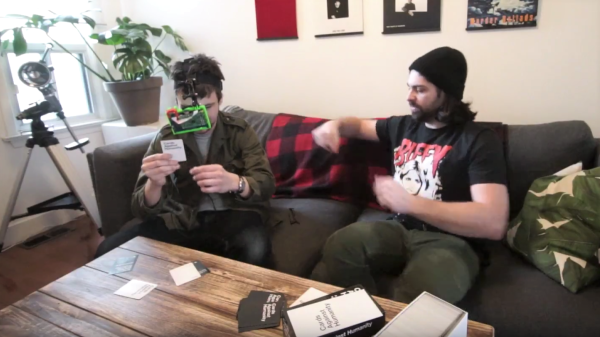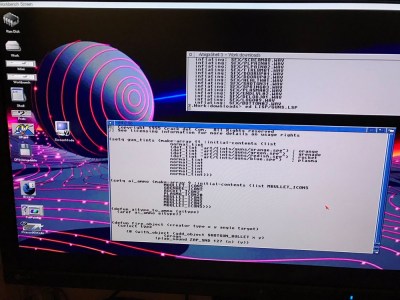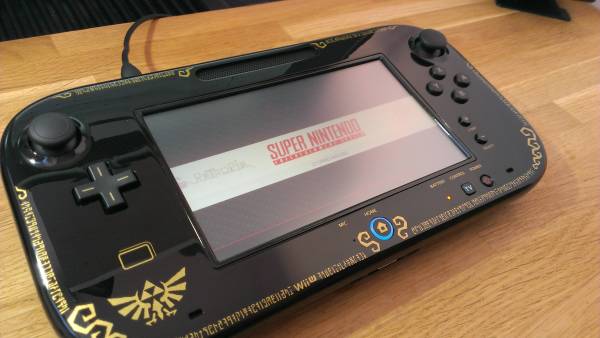Back in the old days, when handing someone a DB serial cable when they asked for a DE serial cable would get you killed, KVM switchers were a thing. These devices were simple boxes with a few VGA ports, a few PS/2 ports, and a button or dial that allowed your input (keyboard and mouse) and output (video) to be used with multiple computers. Early KVMs were really just a big ‘ol rotary switch with far, far too many poles. Do you remember that PS/2 wasn’t able to be hot plugged? The designers of these KVMs never knew that.
Today, KVM switchers are a bit more complicated than a simple rotary switch. We’re not dealing with VGA anymore — we have HDMI muxes. We’re also not dealing with PS/2 anymore, and USB requires a bit of microelectronics to switch from one computer to another. For one of his many Hackaday Prize entries, [KC Lee] is designing a low-cost HDMI switch and USB mux. It works, it’s cheap, and if you need to switch a keyboard, mouse, and monitor between boxes, it’s exactly what you need.
First off, the HDMI switching. Designing a switch for HDMI would usually take some obscure parts, intricate routing, and a lot of prototyping time. [KC] found a way around this: just hack up a $5 HDMI switch. This cheap HDMI switch is as simple as it gets, with an HDMI mux doing the heavy lifting and an 8-pin microcontroller to handle the buttons and a selector LED.
For the USB, there are a few more design choices. For USB 1.x switching, [KC] figures he can get away with a 74HC4052 dual 4:1 analog mux. Yes, he’s doing digital with analog chips, the heathen. There are drawbacks to this: everything could break, and it’s only USB 1.x, anyway. For a USB 2.0 KVM, there are a few more professional options. The OnSemi NCN9252 is a proper USB 2.0 mux, and in the current design.






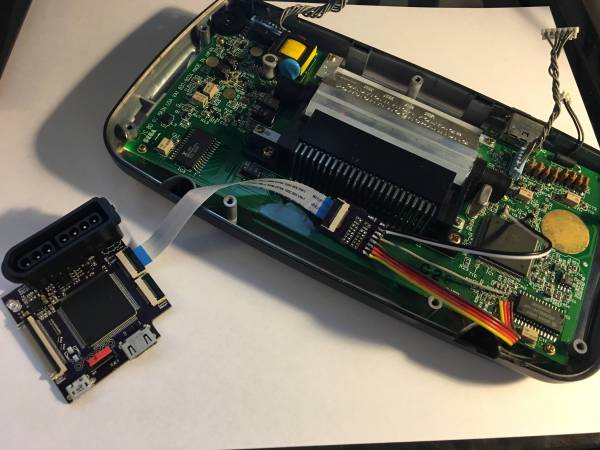
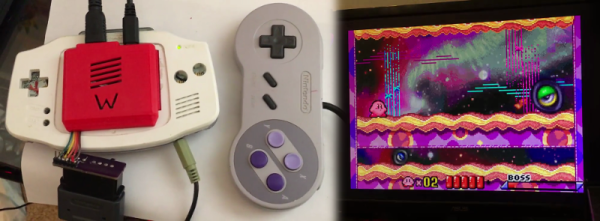
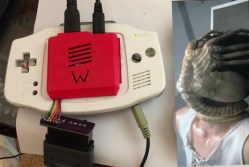
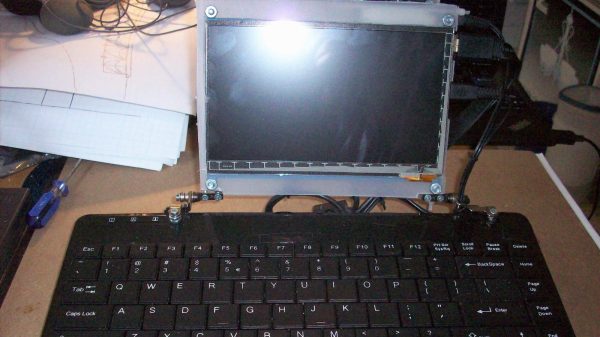
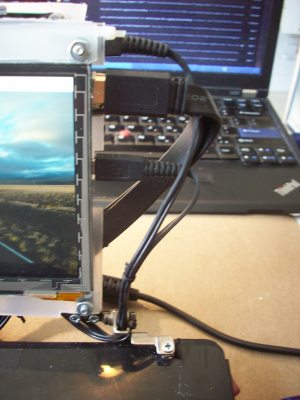 All joking aside, this is a great example of doing what you can with what you’ve got. [starhawk] is limited on funds, and a regular laptop is beyond his means. But being light in the wallet is no reason to go without when you can scrounge parts from friends and family. The base of the laptop is a mini USB keyboard, with the top formed mainly by a 7″ HDMI panel. The back of the display is adorned with a Raspberry Pi 3, a USB hub, a little sound dongle, and the aforementioned Jolly Wrencher. The whole thing is powered by a cast-off power supply brick — no exploding batteries to worry about!
All joking aside, this is a great example of doing what you can with what you’ve got. [starhawk] is limited on funds, and a regular laptop is beyond his means. But being light in the wallet is no reason to go without when you can scrounge parts from friends and family. The base of the laptop is a mini USB keyboard, with the top formed mainly by a 7″ HDMI panel. The back of the display is adorned with a Raspberry Pi 3, a USB hub, a little sound dongle, and the aforementioned Jolly Wrencher. The whole thing is powered by a cast-off power supply brick — no exploding batteries to worry about!